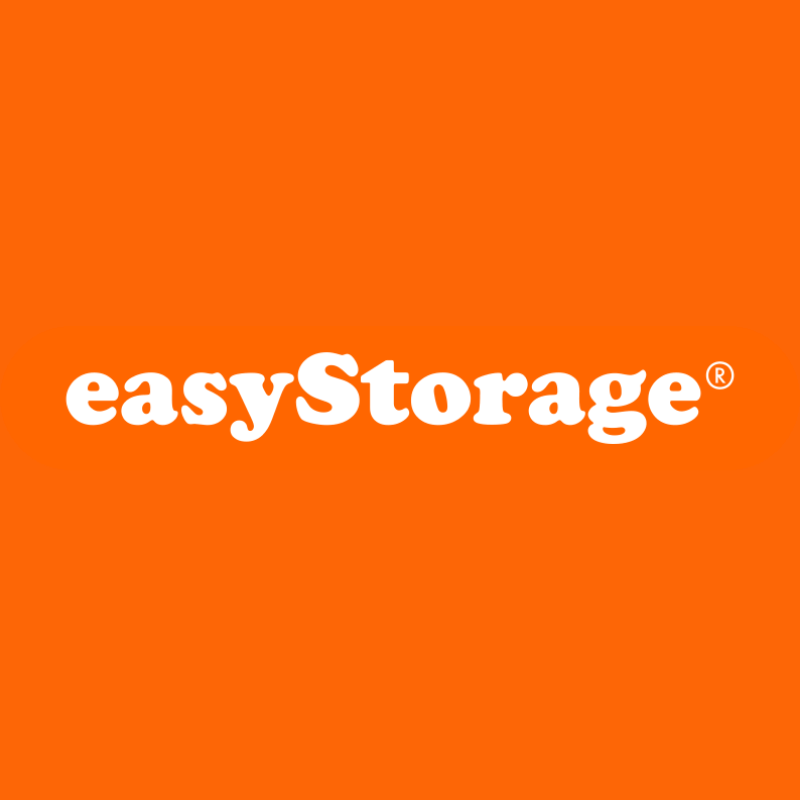Guest Blogger: Calcumate
We interviewed a number of pioneers in the world of mobile self-storage. Owners and operators that have broken away from traditional storage to deliver space to their customers door-to-door! Here’s what they had to say…
Interviewees
Leigh Ridgway, CTO
TAXIBOX Mobile Storage, Australia
Tim Slesinger, CEO
easyStorage, United Kingdom
Bob Anderson, Director of Marketing
BigSteelBox, Canada
What is the #1 thing that distinguishes your company from traditional self-storage?
Leigh – It’s the convenience. We’ve worked really hard to eliminate the friction of getting your contents into storage by having the storage come to you. With TAXIBOX, there’s now no need to ‘double-handle’ your stuff.
Tim – We are approximately 50% of the cost of traditional self-storage and we offer a national collection and return service; taking the storage units (Pods) to the customer’s own door.
Bob – Flexibility. The fact that it’s portable storage, and can be delivered to the customer’s location and moved when needed is the biggest advantage. Because a BigSteelBox is a shipping container, it can be moved in a variety of ways – truck, crane, rail, ship, etc. This makes it ideal for commercial uses for construction and industrial sites, as well as for residential moving and storage.
Do you think mobile self-storage serves a different audience or demographic than traditional self-storage?
Bob – Traditional self-storage is great for customers who need unlimited 24-7 access, have their own truck, and live within proximity of the storage facility. However, because portable storage containers can be delivered and moved, this broadens the serviceable area while still offering off-site storage at one of our storage facilities.
Portable storage also works great for construction and commercial work sites because they usually have plenty of room to place and keep a container. The vast majority of our residential customers are single-family homeowners who have a driveway or space on the street in front of their house to place and keep a BigSteelBox container.
Leigh – I think it does, but it doesn’t have to. Our audience skews younger, more female, and more urban than traditional self-storage. We do well in demographics where the barriers to getting your stuff into storage are higher (like not owning a car).
Tim – Generally, no. We offer everything that traditional self-storage offers, except for 24hr access (which most traditional self-storage companies don’t offer either), but at a lower cost.
What are some of the challenges you’ve faced that you don’t feel are obstacles for traditional, fixed storage?
Tim – Managing a fleet of vans and drivers!
Bob – Our biggest challenge in serving some residential customers is limited space in parking lots for a BigSteelBox storage container to be delivered. In addition, many communities have restrictions on if, when and how long a container can be left in a shared parking lot.
Leigh – It’s harder to be perceived as self-storage because the public sees our units out on the street while they’re being loaded and assumes that the entire service is having a storage unit in your driveway.
Also, because we’re able to service a much bigger geographical area than a self-storage facility we have to be able to deal with leads and customers at a scale that a self-storage facility does not.
What technology have you adopted to meet your operational requirements?
Leigh – Over the years we’ve purchased or built solutions for: self-storage management and billing, truck route optimisation, delivery messaging (like Uber), warehouse management, sales and post-sales CRM, website CRO, online sales/e-commerce, and storage volume estimation.
Tim – We have a bespoke platform called VAULT that provides an end-to-end solution for managing the whole business as well as a seamless customer interface.
Bob – The safety of our customers, staff and the general public is our top priority. As such we have equipped all of our BigSteelBox delivery trucks with dash cameras that record and report possible instances, so that we can monitor and ensure the safety of our Drivers and others on the road.
How important is it to get the amount of space each customer needs correct?
Bob – We do our best to help our customers estimate the amount of space they’ll need to fit all their items into the size container they choose to rent. This is important because many customers hope to keep costs down by only using only one BigSteelBox for their move. The biggest challenge to estimating the space each customer needs is that because our service is “do-it-yourself”, the end result will depend on how efficiently the customer has packed and loaded their container.
Leigh – I think it’s pretty vital for a mobile storage business. One thing we do to ease friction is that we’ll let the customer order more storage than they need, but they only pay for what they end up using. Knowing the customer’s storage space requirements is key to reducing over-quoting and waste of our very finite truck capacity. Having a good estimate also reduces underquoting which is much worse for us as it impacts the customer’s experience of the service.
Tim – Really crucial. It’s important to meet and, where possible, exceed the customers’ expectations.





